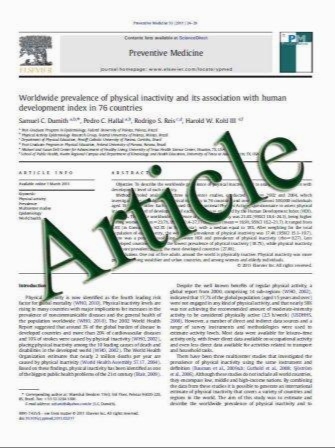Influence of ozone on the composite-to-composite bond
- نوع فایل : کتاب
- زبان : انگلیسی
- مؤلف : Elisa Magni & Marco Ferrari & Federica Papacchini & Reinhard Hickel & Nicoleta Ilie
- چاپ و سال / کشور: 2010
Description
The study evaluated the effect of ozone application on the composite-to-composite bond. Three hundred and twenty cylindrical composite specimens were divided into two groups: group 1 was subjected to a 60 s ozone application, whereas group 2 remained untreated. Four subgroups were obtained from each group according to the intermediate repair agent: an adhesive, a silane, silane/ adhesive combination, or flowable composite. Repair composite cylinders were built-up. The composite repair strength was tested after 24 h and after thermocycling with a shear test. Additionally, 4 mm×4 mm×2 mm composite specimens were prepared and stored 24 h in deionized water. Half of the specimens were subjected to ozone application and the other served as control. The elastic modulus (E) and the Vicker’s hardness (VH) of the composite surfaces were tested immediately and after thermocycling. Significant differences among the experimental groups were detected (p<0.001). The composite repair strength was affected by the pretreatment and by the intermediate agent, whereas, the thermocycling was not significant. The partial eta-squared statistics showed that the intermediate agent was the main factor affecting the composite repair strength, whereas the pretreatment played a minor role. No differences were observed between ozone and control groups when the same intermediate agent and the same aging conditions were applied. Repairing with flowable composite tended to achieve higher bond strengths (20.7 and 26.5 MPa in ozone and control groups, respectively, after 24 h). The use of silane coupling agent showed the lowest composite repair strengths. Ozone did not affect E and VH (p>0.05) and the thermocycling affected only E (p<0.05). In conclusion, the application of ozone does not impair the composite-to-composite bond.
Clin Oral Invest (2011) 15:249–256 DOI 10.1007/s00784-009-0370-5 Received: 12 July 2009 / Accepted: 7 December 2009 / Published online: 7 January 2010


